Strolling through the narrow streets of Alghero, I honestly felt like I was wandering into another era. The thick 16th-century walls wrap around this Sardinian coastal town, whispering tales of conquest and defense. They stand so solid that they’ve shrugged off centuries of invaders.
Alghero mixes Catalan heritage with Italian culture in a way that’s totally unique for Sardinia. You just don’t find this blend anywhere else on the island.
But it’s the town’s connection to the sea that really sets it apart. Just off the coast, divers can still find underwater caves where bright red coral clings to the rock—this same coral once made Alghero wealthy. Locals have turned this “red gold” into stunning jewelry for generations, and you can’t miss it shining in shop windows across the old town.
One of my favorite moments was climbing the ancient walls at sunset. I watched the Mediterranean glow gold and tried to picture the sailors and coral hunters returning to this safe harbor over the centuries.
The views from these ramparts are just breathtaking. It’s easy to see why people call Alghero Sardinia’s “Little Barcelona,” but the wild beauty around the town is just as impressive as its history.
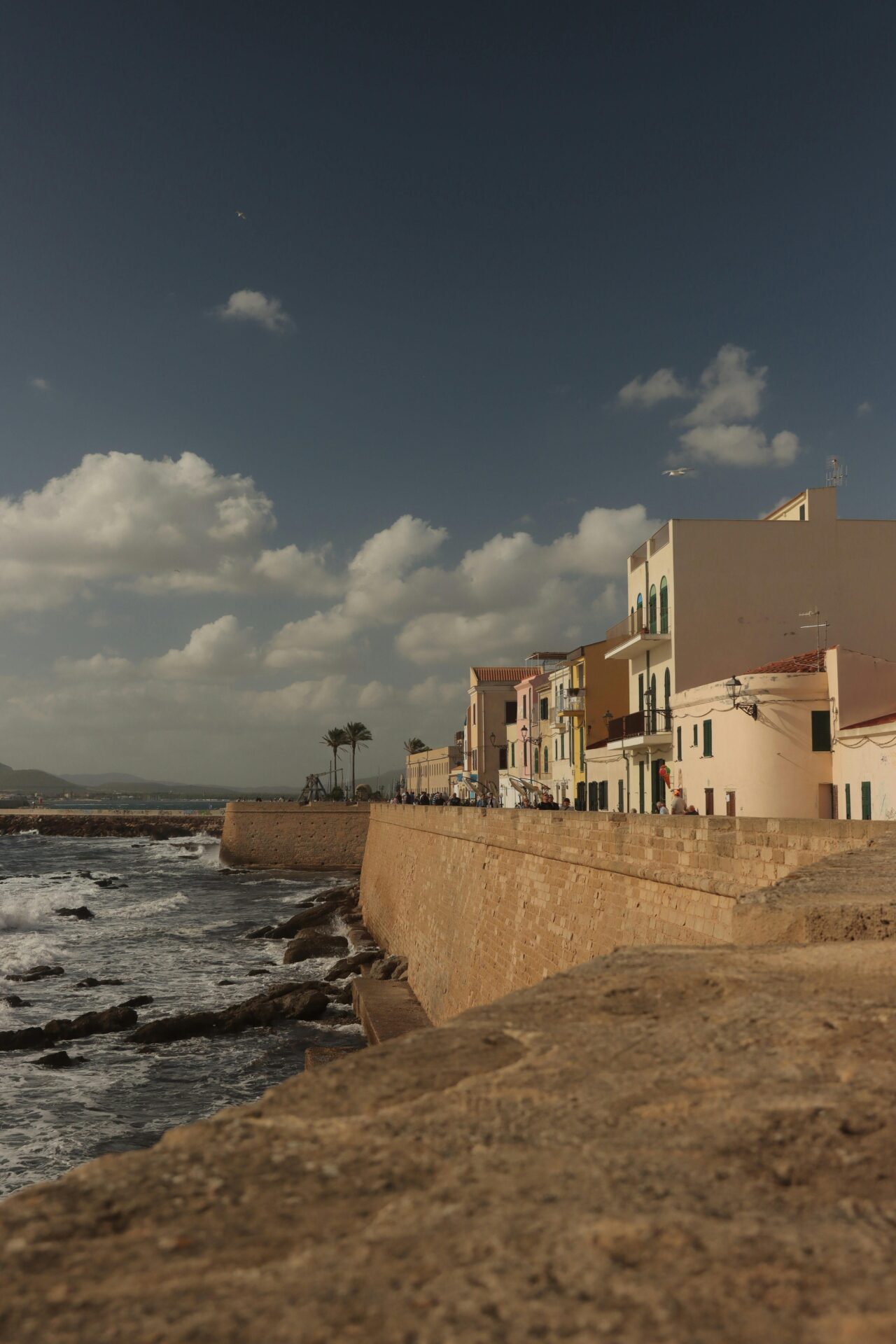
Alghero’s Dual Heritage: Coral Hunting and Castle Walls
Alghero really sits at a crossroads between military might and maritime adventure. The huge walls and the bustling coral industry shaped this place in ways that still show.
Historical Overview of Alghero’s Heritage
When I first arrived in Alghero, those imposing walls hit me right away. They’re seriously thick—built to fend off attacks from the sea.
As I walked along them, I couldn’t help but feel the weight of history under my feet.
Alghero’s split personality started under Catalan rule in the 14th century. The Catalans left their mark everywhere: in the language, the buildings, and the traditions.
The city’s spot on Sardinia’s northwest coast made it a prize everyone wanted. Most of the fortifications we see now date back to the 16th century, when invasion always seemed just around the corner.
While engineers built walls, local sailors learned the art of coral hunting. Since the Bronze Age, Alghero’s waters have given up some of the Mediterranean’s best red coral.
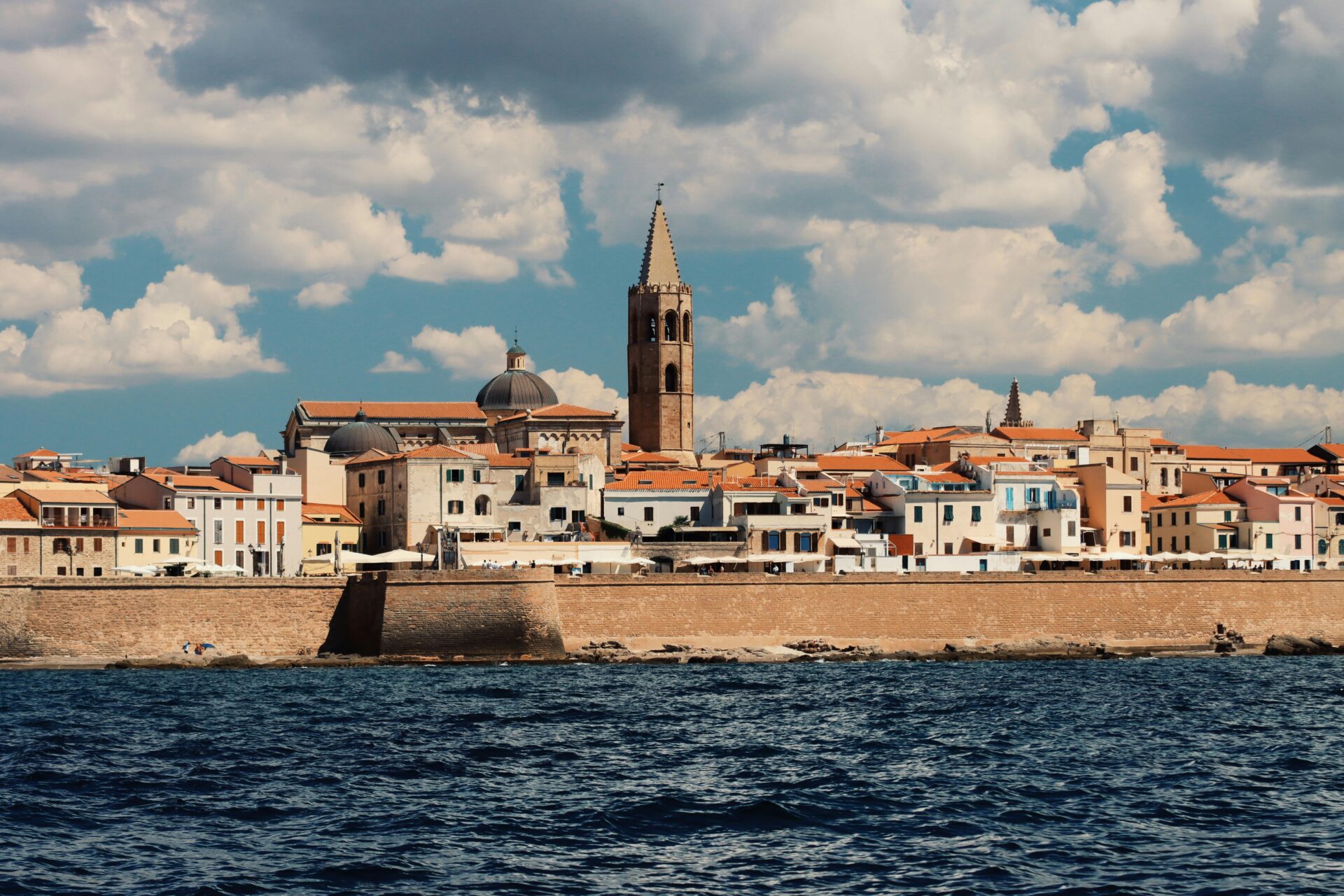
The Symbolism of Coral in Alghero’s Culture
I’ve spent ages browsing Alghero’s coral shops, honestly just marveling at the skill on display. Locals call their stretch of coast the “Riviera del Corallo” (Coral Coast), and you can feel how proud they are of it.
Coral here isn’t just valuable—it’s part of who they are. The vibrant red stands for protection and good luck in local lore. Many families hand down coral jewelry as treasured heirlooms.
The tradition of coral hunting shaped a whole maritime culture. Over time, special boats and diving methods evolved. These days, people use sustainable harvesting to keep this heritage alive.
In the museums, I learned how coral tied Alghero into trade routes across Italy and beyond. Old encyclopedias even list it as a luxury good that brought both wealth and fame to this corner of Sardinia.
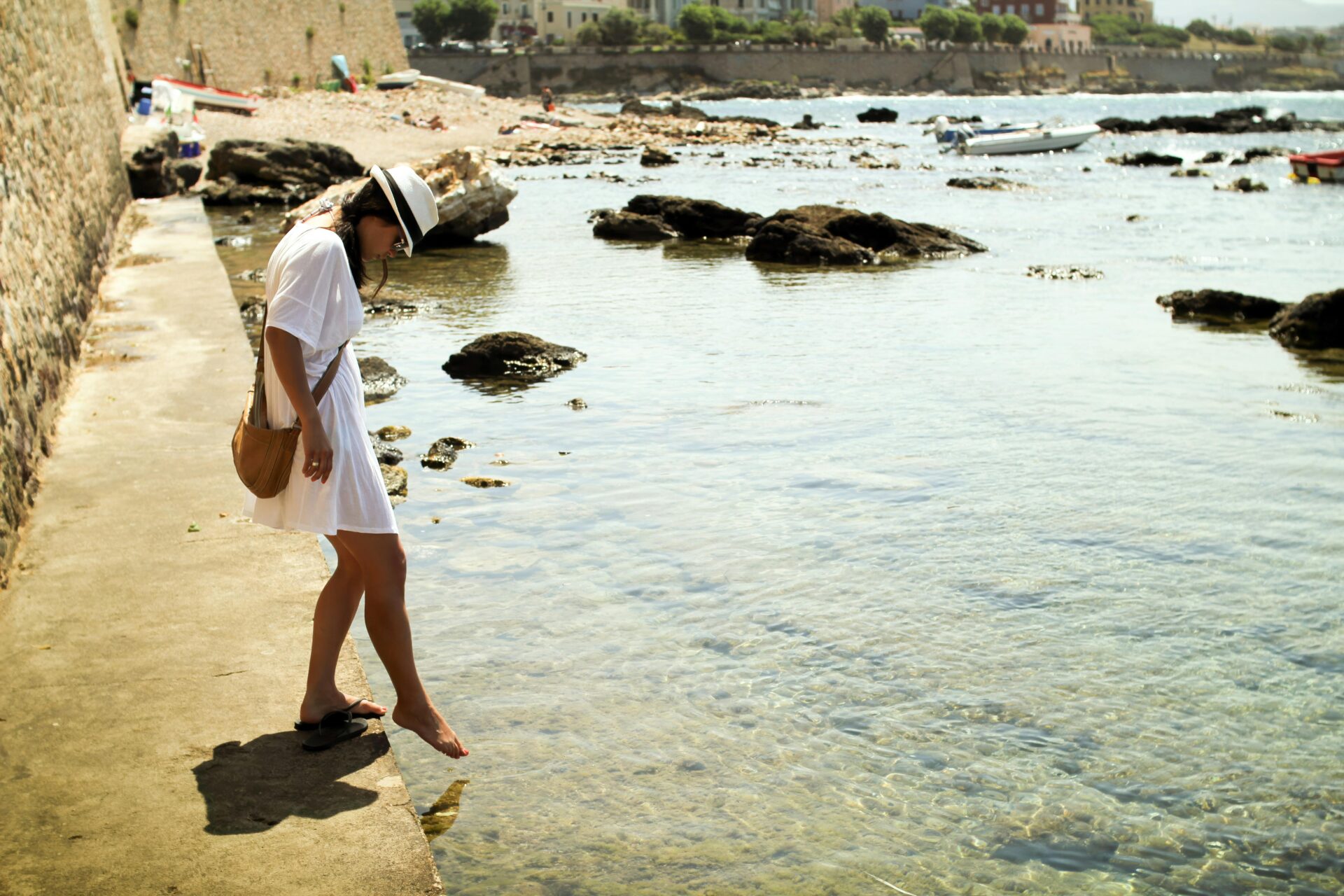
The Art and Legacy of Coral Hunting
Red coral is at the heart of Alghero’s identity. Its history runs deep, shaping both the economy and the arts here.
Ancient Practices and Archaeological Discoveries
As I wander through Alghero, I keep bumping into reminders of humanity’s old connection to coral. Archaeologists have found evidence that coral hunting goes all the way back to the Bronze Age.
The Mediterranean Red Coral (Corallium Rubrum) played a big role in Alghero’s growth. At local museums, I’ve seen artifacts showing how early hunters used simple tools to gather coral from the seabed.
In 2016 and 2017, archaeologists uncovered old coral processing sites near the coast. They found primitive workshops and tools that date back centuries.
What really grabs me are the local legends about coral hunting. Fishermen still swap stories—some half-true, some wild—about chasing the “red gold.”
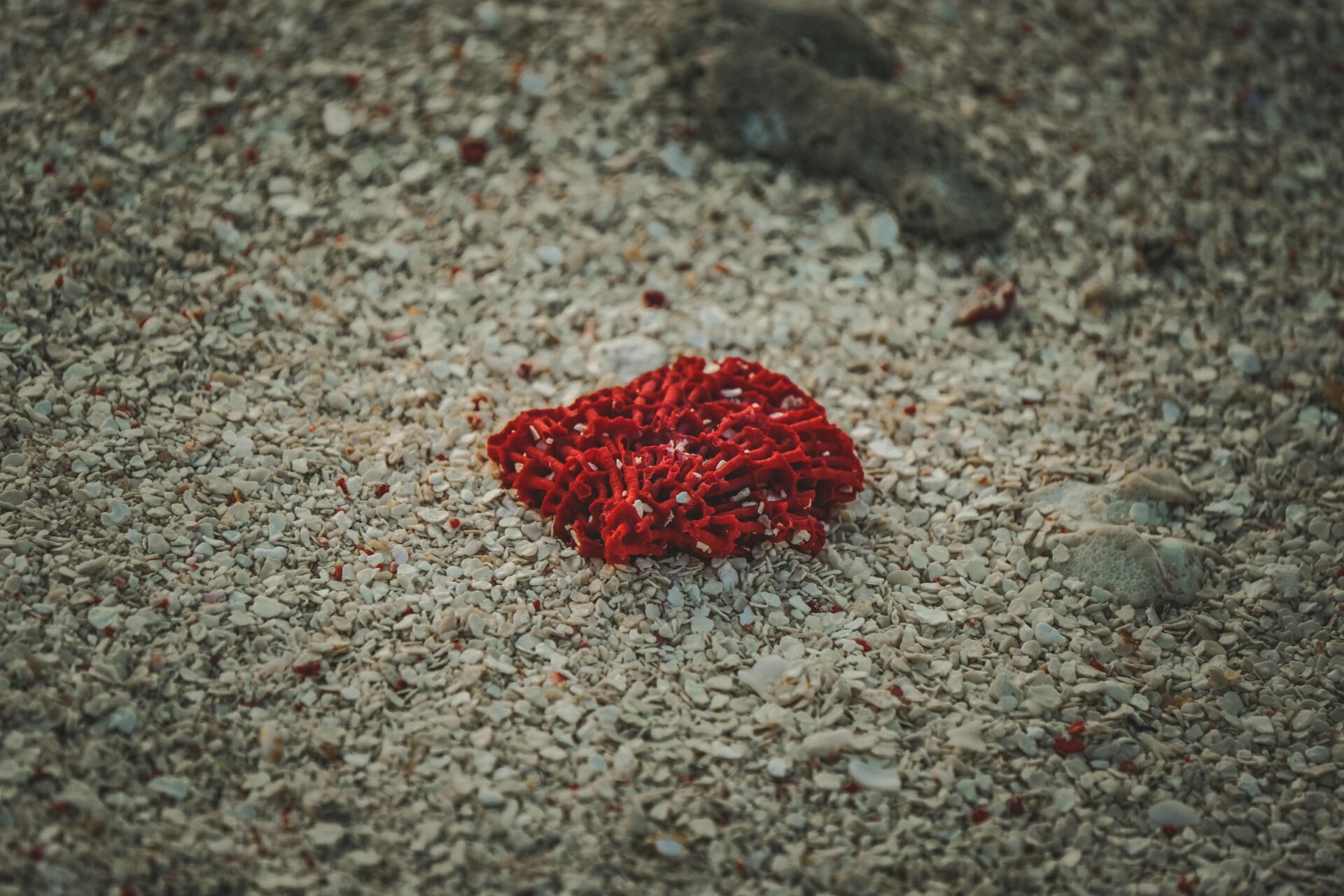
Evolution of Jewelry and Craftsmanship
Turning raw coral into jewelry is probably Alghero’s most impressive art form. I’ve spent time watching artisans shape the coral by hand, sticking with techniques that haven’t changed much in hundreds of years.
During the Renaissance, coral jewelry from Alghero became a must-have for European nobles. The deep red pieces showed off wealth and supposedly offered protection.
Today’s craftspeople mix old-school skills with fresh designs. In the workshops, I’ve seen pieces that balance tradition and modern style:
- Necklaces made from polished coral beads
- Delicate brooches set in silver
- Earrings that let the coral’s texture shine
- Modern art pieces with coral details
Mineralogists love studying Alghero’s coral for its unique color and strength. The coastline’s conditions give it a vibrancy that stands out from coral found elsewhere.
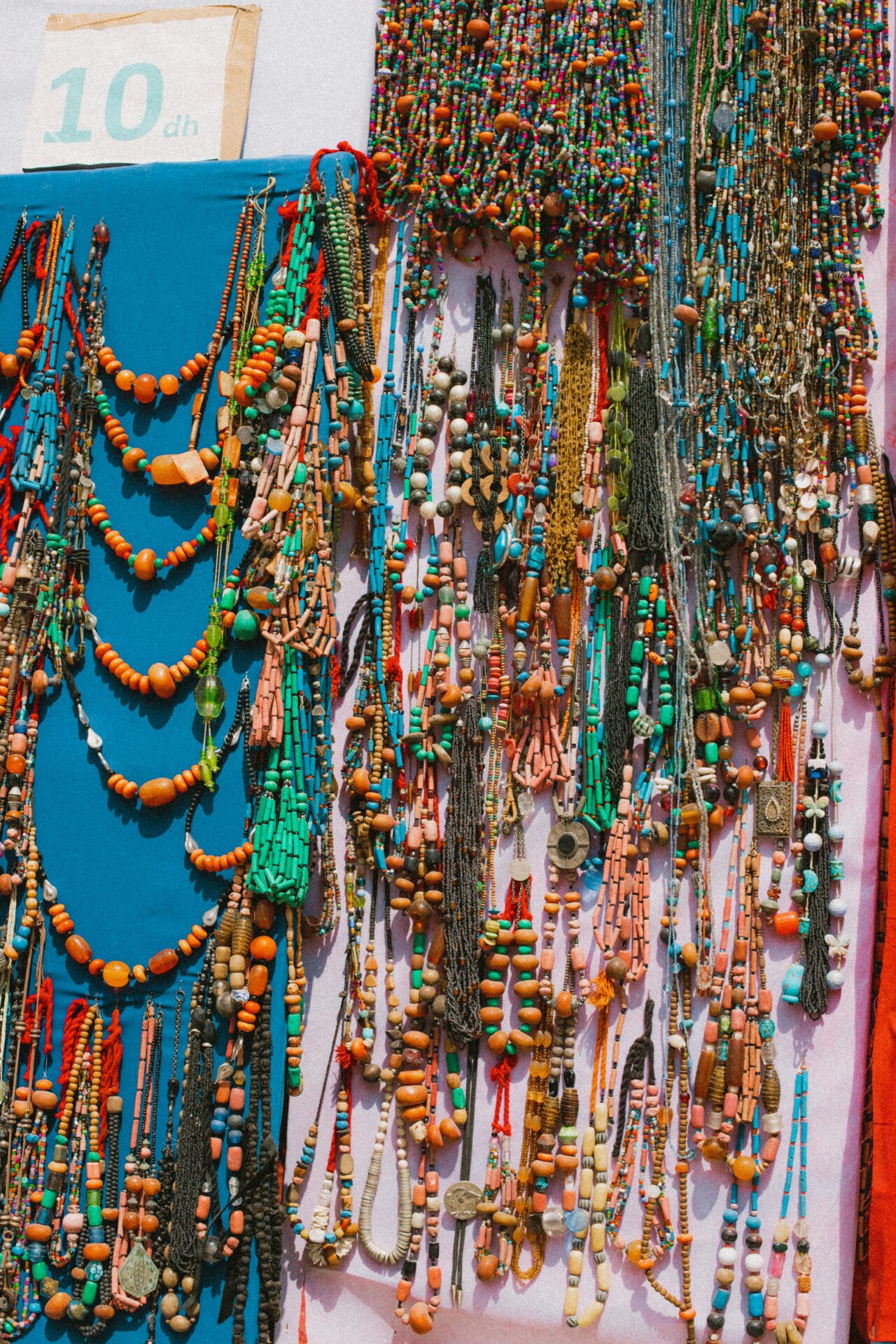
The Mighty Castle Walls of Alghero
Walking along Alghero’s sea walls honestly feels like time travel. These golden fortifications, built by the Aragonese in the 16th century, still dominate the old town.
Architecture and Volcanic Origin
Alghero’s walls are a feat of military engineering, built mostly from local volcanic rock. I was surprised to learn that builders hauled these stones up from ancient volcanic areas in southern Sardinia.
The golden color looks incredible against the blue sea. When you touch the stones, you connect with centuries of storms and battles.
They didn’t just build these walls for defense—they wanted to show off power, too. The volcanic rock keeps the walls standing strong, even after all this time.
You can walk the full circuit in about half an hour. If you go at sunset, the golden stones catch the light and the whole place feels almost magical.

Romanesque Churches within the Fortifications
Inside the walls, you’ll find Romanesque churches that really anchor the old town spiritually. The cathedral of Santa Maria stands out, its bell tower poking above the rooftops.
These churches mix local building styles with Italian ideas from the mainland. The stone carvings on some of the doors and columns are especially beautiful.
Most of the churches stay open during the day. Their cool interiors are a welcome break from Sardinia’s summer heat.
Look for the volcanic stone details—they’re the same rock as the city walls. Some of the smaller chapels are easy to overlook, but they’re worth finding. Each one adds a little more to Alghero’s story through its art and architecture.

Cultural Encounters and Influences
Alghero is a real cultural crossroads. Over the centuries, different civilizations have left their fingerprints on everything from the language to the food.
Catalan and Mediterranean Roots
As soon as I started exploring Alghero, the cultural mix stood out. The city blends Sardinian roots with strong Catalan influences.
Locals still call Alghero “Barceloneta” (Little Barcelona). People here take pride in that nickname.
The Catalan influence shows up in the dialect. Street signs in the old town list both Italian and Catalan names. This goes back to the 14th century, when the Aragonese took over.
The food reflects the mix, too. Seafood dishes like “bogamarì” (sea urchins) combine Sardinian tradition with Spanish touches.
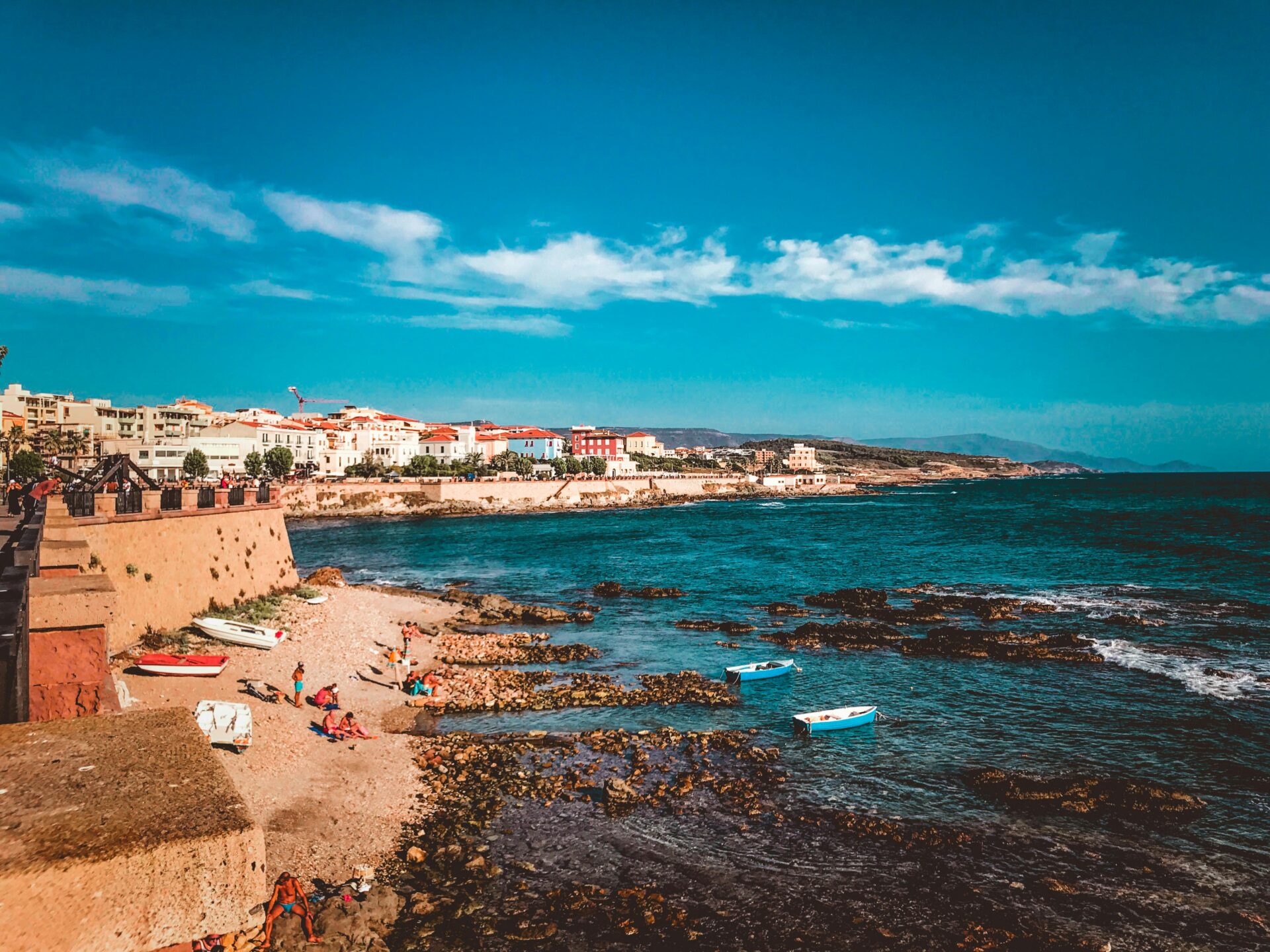
Modern Festivals and Local Traditions
Alghero’s calendar is packed with festivals. Setmana Santa (Holy Week) is especially moving, with solemn processions and Catalan prayers echoing through the streets.
In summer, I joined the Festival of San Giovanni. Bonfires light up the beaches, and the music blends Sardinian folk instruments with Spanish-style guitar.
Coral crafting is still a big deal. I visited workshops where artisans keep the old methods alive, turning local coral into jewelry and art.
Local markets show off this cultural blend, too. Stalls sell Sardinian pecorino cheese alongside Catalan-inspired sweets like their own twist on “crema catalana.”

Journeying Through Time: Notable Figures and Contemporary Alghero
Alghero’s story is full of scholars and writers who’ve kept its coral trade and Catalan heritage alive in books and memories.
Mineralogists and Historians Shaping the Narrative
Professor Maria Jablonski really put Alghero’s coral on the map in the early 2000s. Her research connected old harvesting methods to today’s conservation efforts.
At the town’s museum, I spotted Jackson’s “Encyclopaedia of Sardinian Coastal Settlements.” This book dives into how coral hunting shaped Alghero’s economy and buildings over five centuries.
Local historian Antonio Mele has recorded stories from the last traditional coral divers. Their memories give a personal glimpse into a fading way of life that once defined the city.
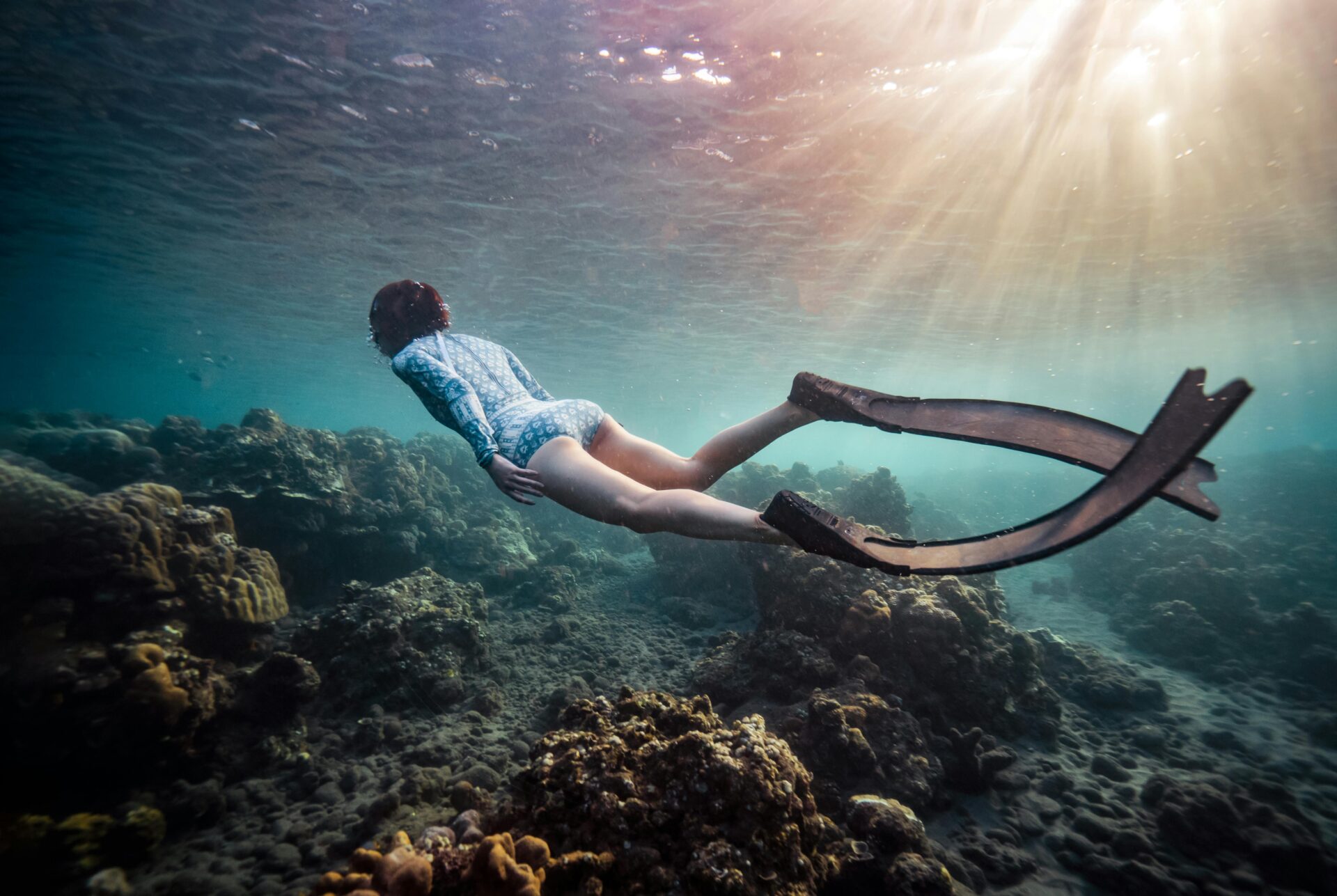
From Preface to Present: Alghero in Modern Literature
Sofia Carelli’s novel “The Coral Maker’s Daughter” really pulled me in. She kicks things off with this striking preface, calling Alghero “a city where stone walls remember more than people do.”
Back in the 1980s, travel writers from Jacksonville showed up and—somewhat surprisingly—formed a literary bond with the place. They introduced Alghero’s unique cultural blend to English-speaking readers for the first time.
Contemporary poet Marco Salvi manages to capture the town’s vibe in his collection, “Castle Shadows and Coral Light.” His poems linger on daily life set against ancient scenery.
Translators have brought his verses into seven different languages. Now, people all over the world can get a feel for Alghero’s story.

